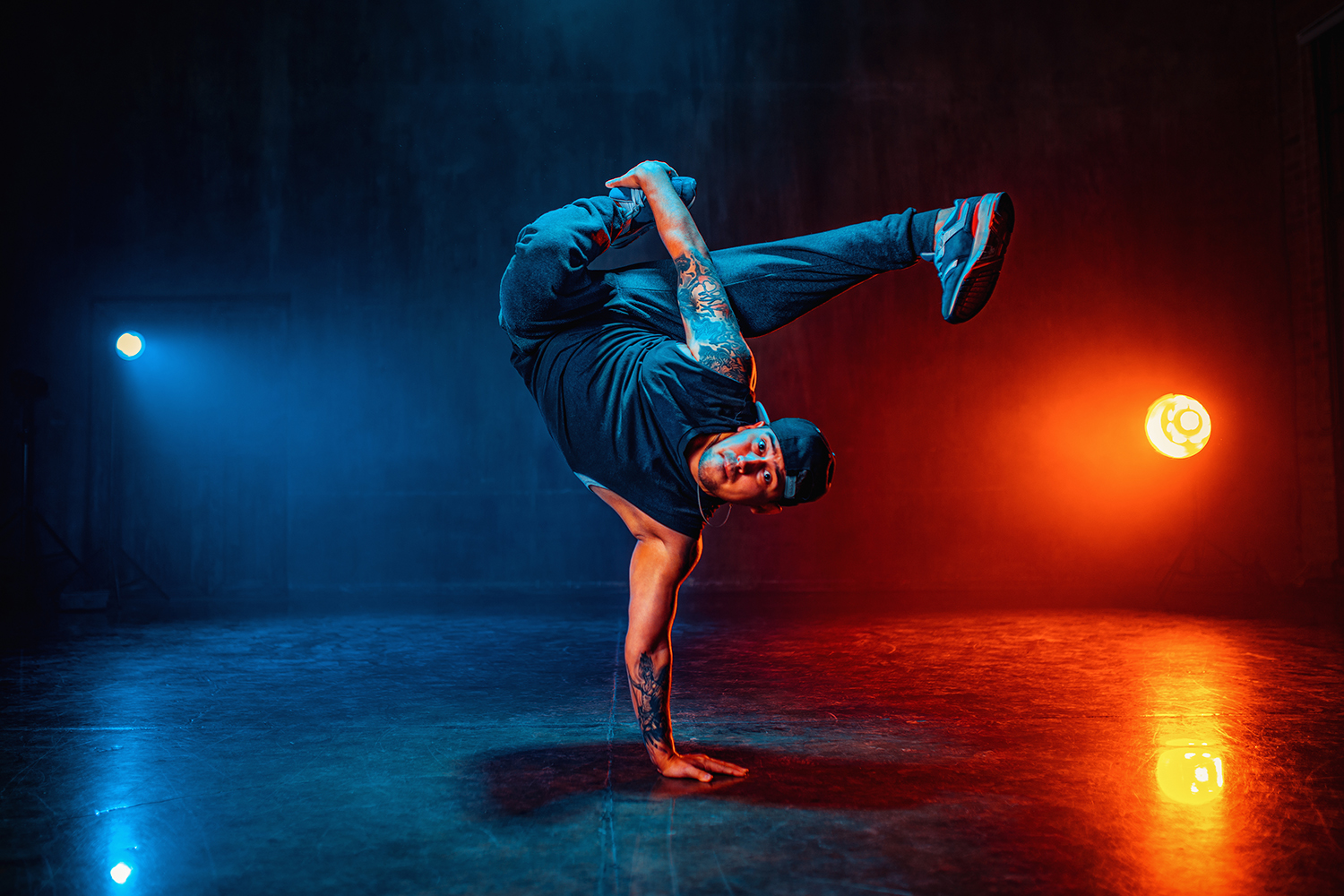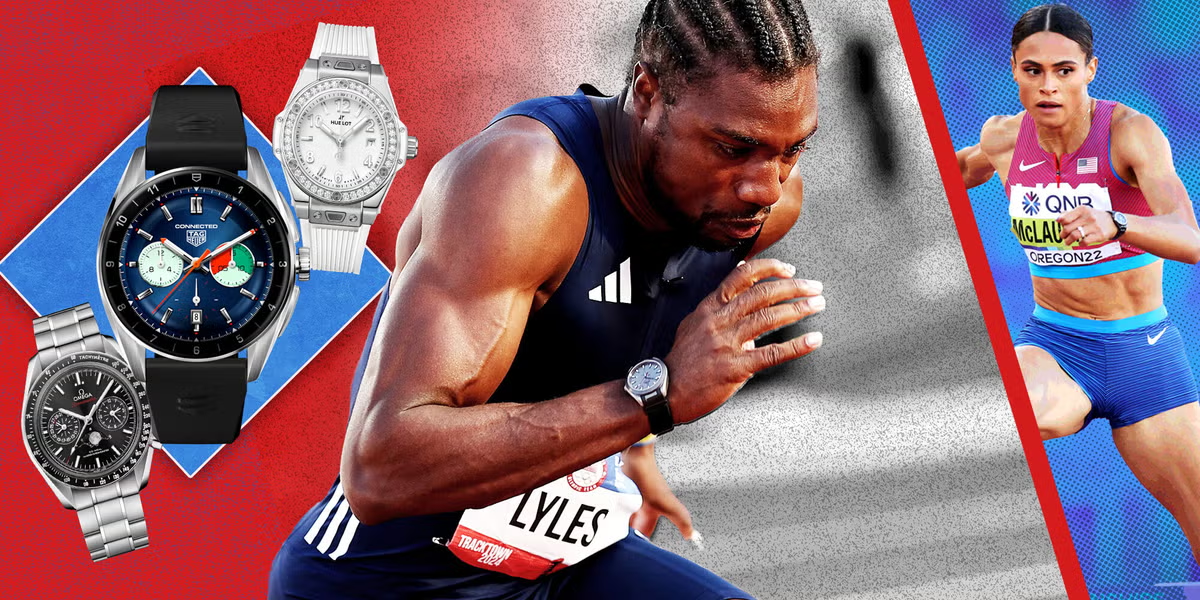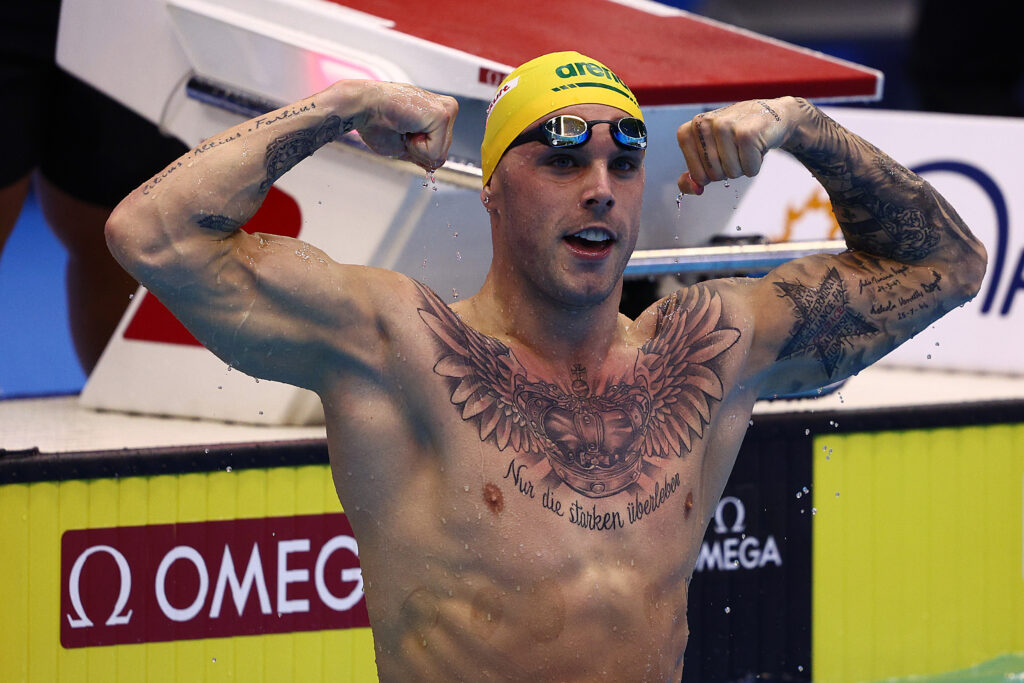Most Olympic sports have a long and rich history at the Games. Some sports like wrestling and running have been a fixture on the Olympic programme since the ancient Games in Greece. While others like javelin and archery can trace their origins to the battlefield before becoming competitive sports. But now there’s a new kid on the block that’s disrupting the status quo: breakdancing.
The International Olympic Committee’s (IOC) is continuing to modernise the Olympics to attract younger viewers. As part of the IOC’s latest attempt to appeal to young people, breakdancing will debut at the 2023 Summer Olympics in Paris. The IOC and Games organisers frequently shift around included sports, but over the last decade the focus has been on attracting a younger audience with popular new-age sports. In this same vein, surfing, skateboarding and sport climbing will also return after making their debut at the 2020 Games.
The inclusion of breakdancing comes following the approval of a proposal by the Paris Games organisers from 2020. Breakdancing had a trial run at the 2018 Youth Olympics and following positive reports, the IOC approved the sports full inclusion in the 2024 programme.
For new events to be included in the Olympic programme, existing sports must be removed. To make room for breakdancing, karate and baseball have both been dropped. While 41 other proposed sports didn’t quite make the cut. The rejected sports include ocean rowing, parkour, lawn bowls, darts, roller speedskating, ultimate frisbee and esports. Maybe next time.
Most people are familiar with what breakdancing looks like, but how it’s scored is another matter. You would be wrong to assume that breakdancing is entirely subjective. The sport has a complex judging system that does more than simply score competitors based on how cool they look. At the Olympics, competitors will face of one-on-one in dance battles. While a live DJ selects and mixes music, which competitors must adapt their moves to.
The participants take turns trying to out-do each other over multiple rounds. Once the music starts, they have 60 seconds to give their best performance before their opponent attempts to one-up them. The battles are highly strategic. Competitors target their opponents’ weaknesses by performing moves they know their counterparts cannot replicate. As breakdancer and creator of the scoring system Niels ‘Storm’ Robitzky explained to Fast Company, “If I know that your weakness is footwork, I’d do some footwork because I’d know you would not be able to respond.”
Judges use the ‘Trivium system’ to allocate a score to competitors based on the body, mind, and soul of their performance. Body refers to the physical moves made by a competitor. Mind is based on the creativity shown in response to the music and their oppositions moves. And soul represents the intrinsic style and flair of the dancer’s performance.
Breakdancing will officially be known as ‘Breaking’ at the Olympics. An homage to the pioneers of the sport, who coined the term. The breaking style of dance began in the 1970s on the streets of the United States, particularly in New York. Breakdancing is often paired with hip-hop music, as both styles emerged in a similar time period.
Matt Carroll, the CEO of the Australian Olympic Committee, made no attempt to downplay the athletic prowess of breakdancers. “Having watched breaking at the Youth Olympics in Buenos Aires, it is exceptionally athletic. As athletic as any of the other sports in the Olympic Games,” he said.
Breakdancing is a full-body workout. The sport requires a combination of balance, coordination, core strength and upper body strength. It might not be to everyone’s taste but incorporating breakdancing into your training routine can have serious health benefits. With a focus on your core and upper body, breakdancing an ideal forearm and ab burner.
Lowe Napalan, the President of the Australian Breaking Association, believes break dancing has an innate ability to bring people together. “Some of my friends are ten years younger than me and that’s because of breaking,” he told SBS. “It attracts all ages, all different kinds of people, even people with disabilities. It’s awesome.”
There are over 300 competitive breakers in Australia. The nation comes in at 21st in the men’s breakdancing world rankings according to bboyrankingz. But without an individual breaker ranked inside the top 100, it looks unlikely that any Australian’s will be strong medal contenders in Paris. But with the Games still more than a year away, it’s not too late to pick up the sport, become an Olympian and possibly even bring home a medal.















